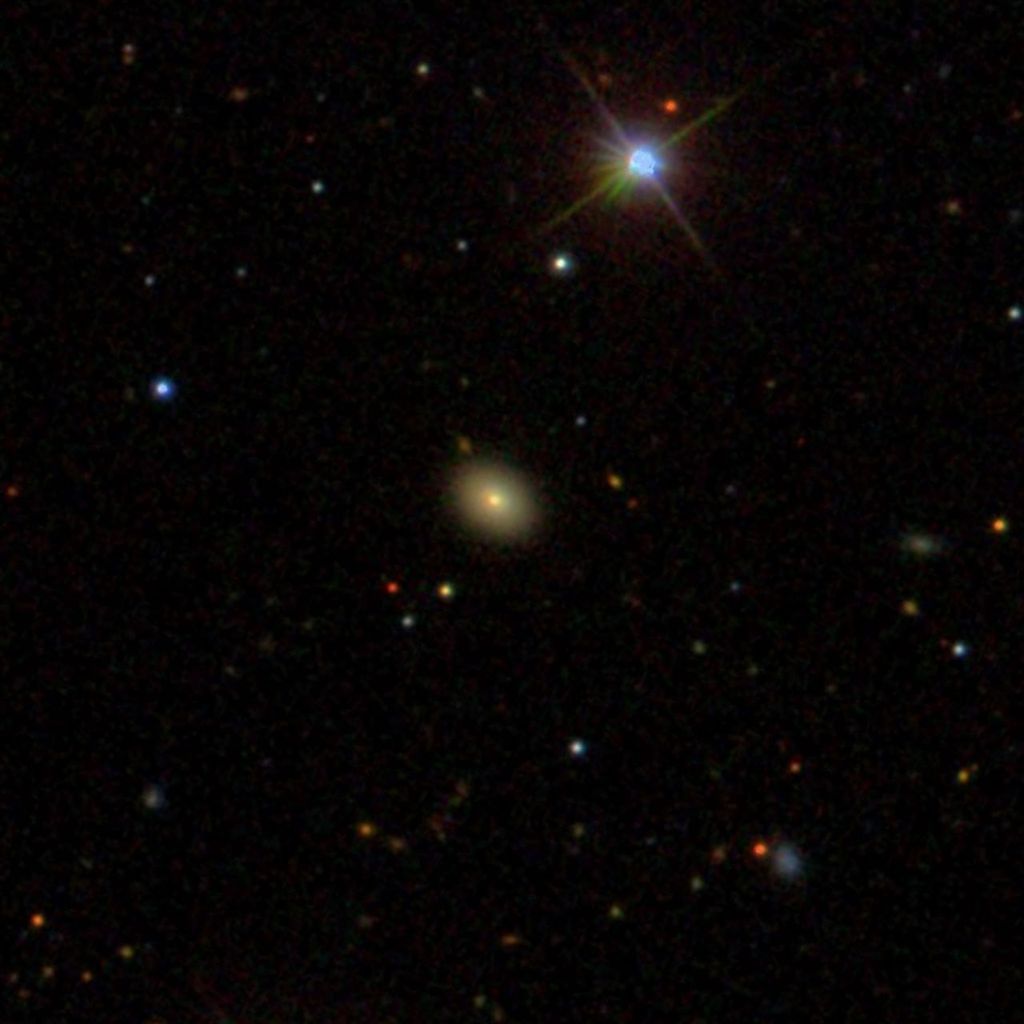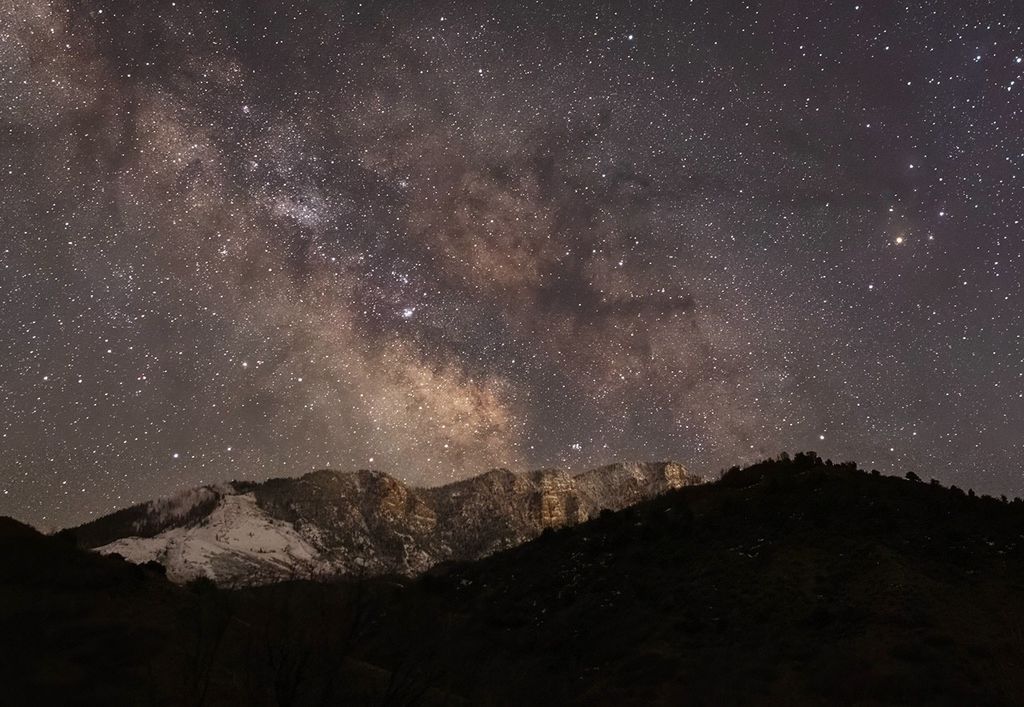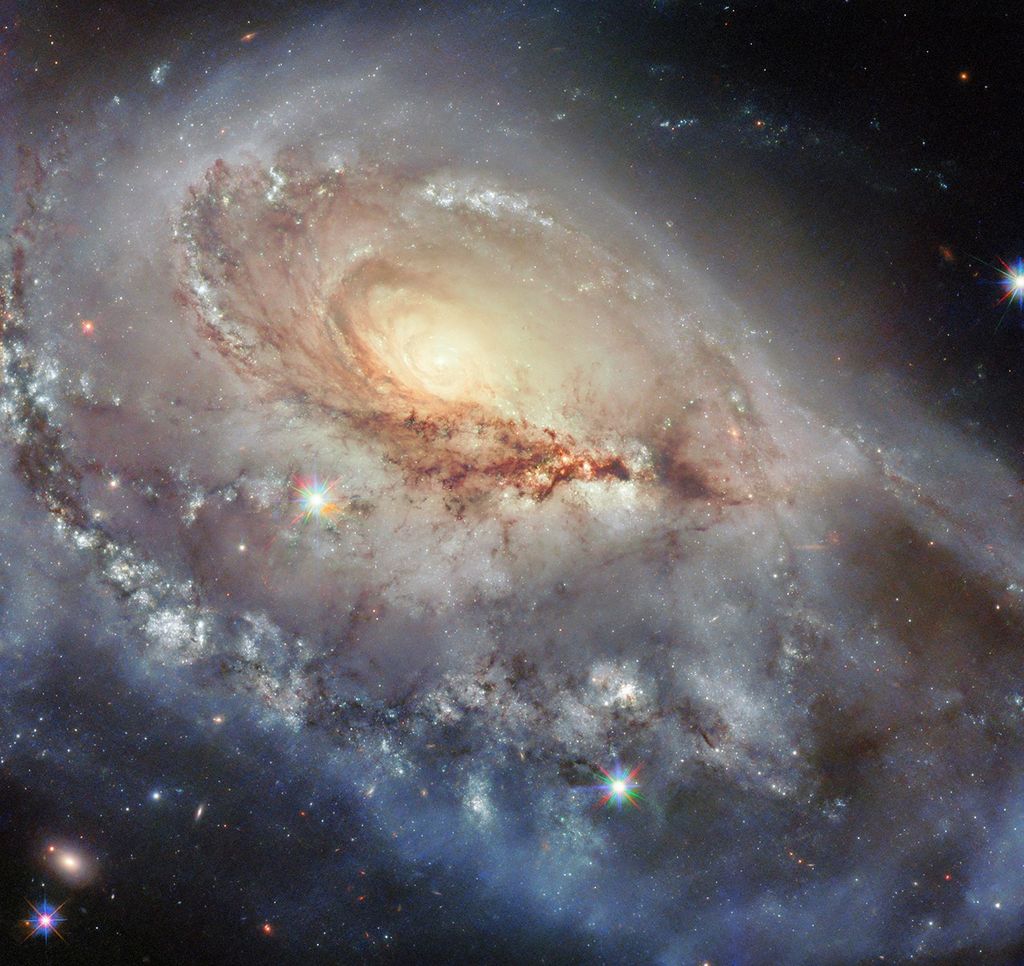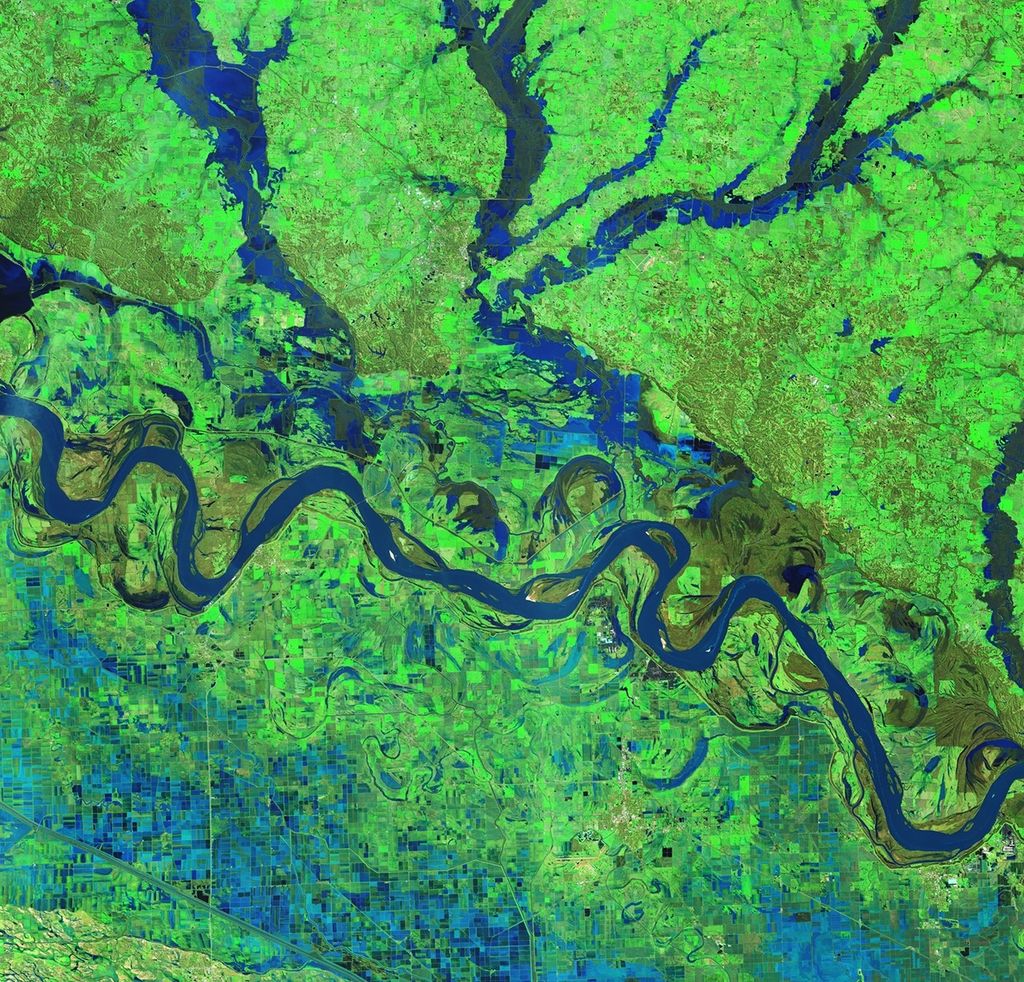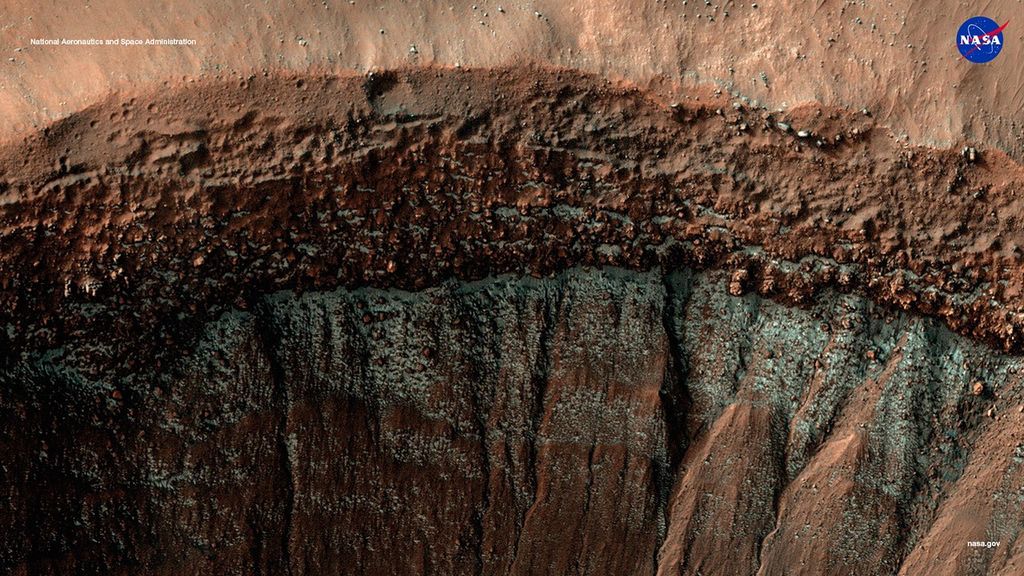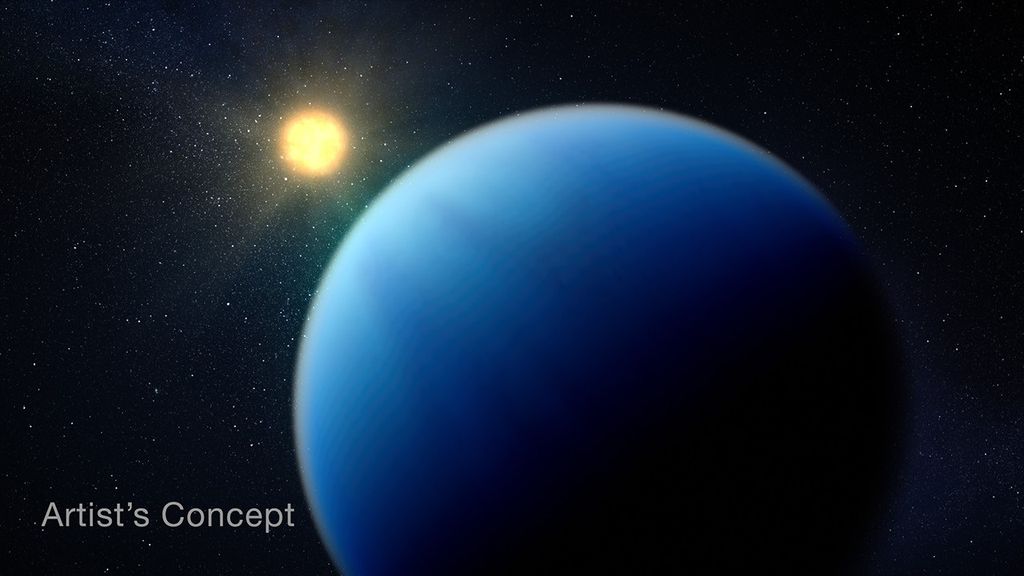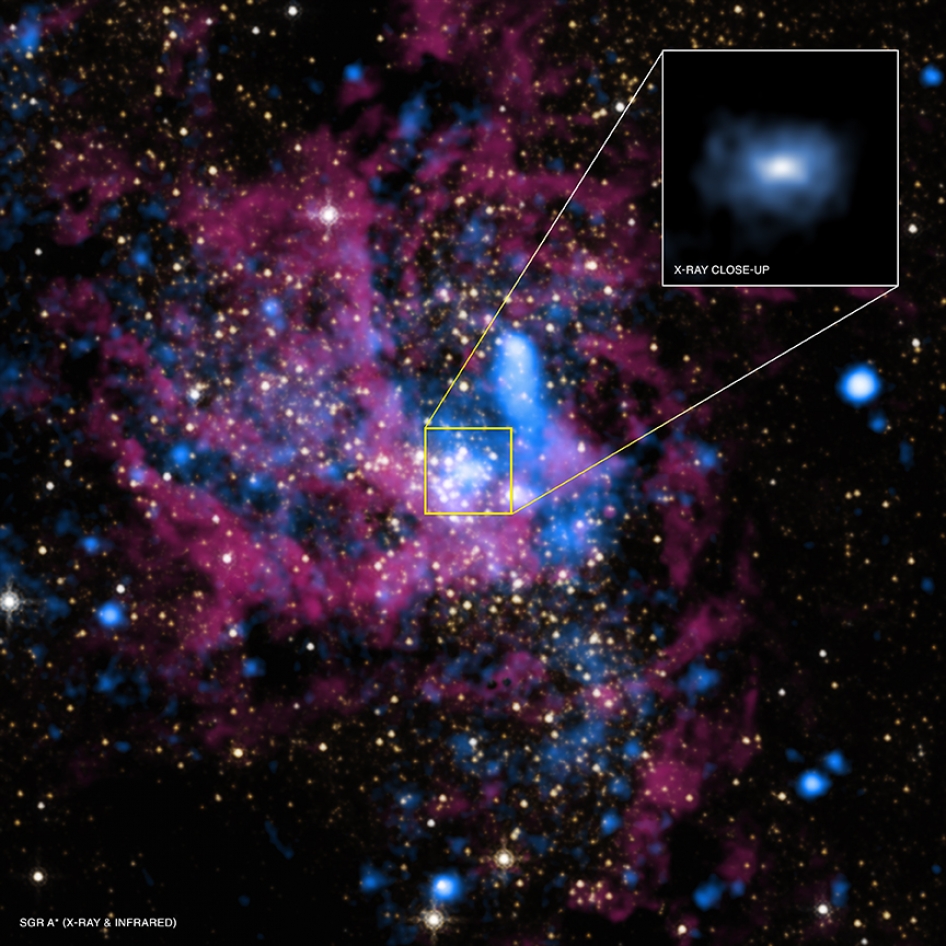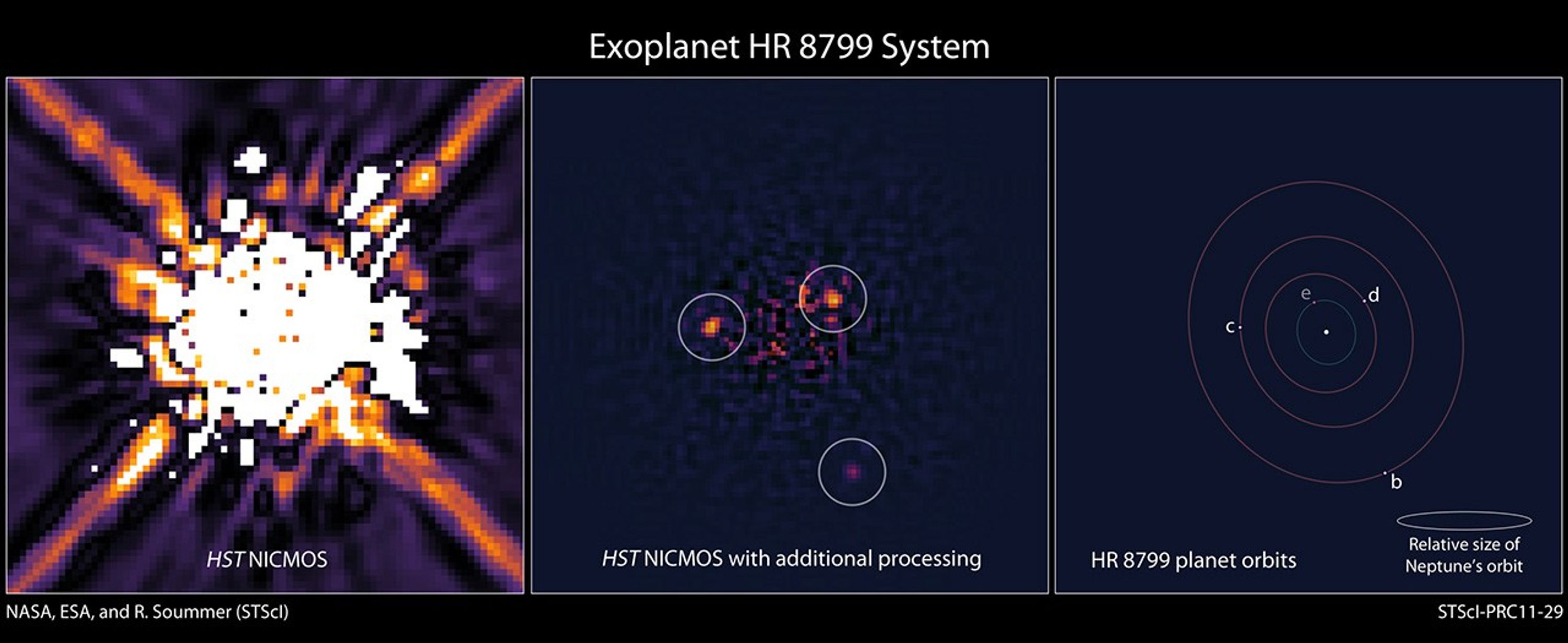The next full Moon is the Strawberry Moon and a marginal Supermoon.

The Next Full Moon is the Strawberry, Mead, Honey, Rose, Flower, Hot, Hoe, or Planting Moon, Vat Purnima, Poson Poya, the LRO Moon, and a marginal Supermoon.
The next full Moon will be on Thursday afternoon, June 24, 2021, appearing opposite the Sun in Earth-based longitude at 2:40 p.m. EDT. While this will be on Thursday for much of the Earth, from India Standard Time eastward to Line Islands Time, and the International Dateline, this will be on Friday morning. The Moon will appear full for about three days around this time, from early Wednesday morning through early Saturday morning.
In the 1930s the Maine Farmer's Almanac began publishing Native American names for the full Moons of the year. According to this Almanac, the Algonquin tribes of what is now the northeastern United States called this the Strawberry Moon. The name comes from the relatively short season for harvesting strawberries in the northeastern United States.
An old European name for this full Moon is the Mead Moon or Honey Moon. Mead is a drink created by fermenting honey mixed with water and sometimes with fruits, spices, grains, or hops. In some countries, mead is also called honey wine (though in others honey wine is different). Some writings suggest that the time around the end of June was when honey was ready for harvesting, which made this the "sweetest" Moon.
The word "honeymoon" traces back to at least the 1500s in Europe. The tradition of calling the first month of marriage the "honeymoon" may be tied to this full Moon because of the custom of marrying in June or because the "Honey Moon" is the "sweetest" Moon of the year.
Another European name for this full Moon is the Rose Moon. Some sources indicate the name "Rose Moon" comes from the roses that bloom this time of year. Others indicate that the name comes from the color of the full Moon this time of year.
The orbit of the Moon around the Earth is almost in the same plane as the orbit of the Earth around the Sun (only about 5 degrees off). On the summer solstice, the Sun appears highest in the sky for the year. Full Moons are opposite the Sun, so a full Moon near the summer solstice will be low in the sky. Particularly for Europe's higher latitudes, when the full Moon is low it shines through more atmosphere, making it more likely to have a reddish color (for the same reasons that sunrises and sunsets are red). For the Washington D.C. area, on the morning of June 25, 2021, the full Moon will reach its highest for the night at 1:39 a.m. EDT, only 24.6 degrees above the southern horizon, the lowest full Moon of the year.
Other seasonal names for this full Moon that I have found mentioned in various sources (sometimes with European and sometimes with Native American origins that I have not yet been able to check up on) are the Flower Moon, Hot Moon, Hoe Moon, and Planting Moon.
For Hindus, this full Moon corresponds with Vat Purnima. During the 3 days of this full Moon, married women will show their love for their husbands by tying a ceremonial thread around a banyan tree. The celebration is based on the legend of Savitri and Satyavan.
For Buddhists, this full Moon is the Poson Poya. The Poson holiday in Sri Lanka celebrates the introduction of Buddhism in 236 BCE.
Another tribe has also given a name to this full Moon. This tribe is now scattered but mostly lived in the mid-Atlantic region of the United States. This tribe's language is primarily English, but with a liberal smattering of acronyms, arcane scientific and engineering terms, and Hawaiian phrases (cheerfully contributed by the Deputy Project Manager). Comprised of people from all backgrounds, many of whom have gone on to join other tribes, this tribe was devoted to the study of the Moon. This tribe calls June's full Moon the LRO Moon, in honor of the spacecraft they launched toward the Moon on June 18, 2009. The Lunar Reconnaissance Orbiter is still orbiting the Moon providing insights about our nearest neighbor in space, some of which help us understand our own planet.
Different publications use slightly different thresholds for deciding when a full Moon is close enough to the Earth to qualify as a supermoon. For 2021, some publications consider this full Moon the last of a series of four supermoons (from March to June). Other publications do not consider this a supermoon, as it is farther from Earth (and smaller in apparent size and brightness) than the previous three full Moons.
In many traditional lunisolar calendars, full Moons fall in the middle of the lunar months. This full Moon is in the middle of the fifth month of the Chinese calendar, and Tammuz in the Hebrew calendar. In the Islamic calendar, the months start with the first sighting of the waxing crescent Moon shortly after the new Moon. This full Moon is near the middle of Dhu al-Qadah.
As usual, the wearing of suitably celebratory celestial attire is encouraged in honor of the full Moon.
As summer begins, the daily periods of sunlight that were at their longest on the solstice begin to shorten. On Thursday, June 24, 2021 (the day of the full Moon), morning twilight will begin at 4:31 a.m., sunrise will be at 5:44 a.m., solar noon will be at 1:10:37 p.m. when the Sun will reach its maximum altitude of 74.51 degrees, sunset will be at 8:37 p.m., and evening twilight will end at 9:50 p.m.
For Washington, D.C. (and similar latitudes at least), Sunday and Monday, June 27 and 28, 2021, are tied (to the nearest second) for the latest sunsets of the year with sunset at 8:37:29 p.m. EDT (the summer solstice has the longest period of daylight but the latest sunrises of the year occur after the solstice).
By Friday, July 23, (the day of the full Moon after next), morning twilight will begin at 4:54 a.m., sunrise will be at 6:02 a.m., solar noon will be at 1:14:35 p.m. when the Sun will reach its maximum altitude of 71.04 degrees, sunset will be at 8:27 p.m., and evening twilight will end at 9:35 p.m.
Evening Sky Summary
On the evening of Thursday, June 24, 2021, (the day of the full Moon), as evening twilight ends (at 9:50 p.m. EDT), the brightest planet visible will be Venus, appearing as the Evening Star four degrees above the horizon in the west-northwest. To the upper left of Venus will be the planet Mars, appearing 10 degrees above the horizon. The bright star closest to overhead will be Arcturus at 68 degrees above the horizon in the south-southwest.
Arcturus is the 4th brightest star in our night sky, about 37 light-years from Earth, with nearly the same mass but older than our Sun. Arcturus has used up its core hydrogen and become a red giant, swelling to about 25 times its previous size and shining about 170 times brighter than the Sun. Our Sun is about halfway through this lifecycle and is expected to become a red giant in about 5 billion years.
As the lunar cycle progresses, the planet Mars and the background of stars will appear to shift toward the west each evening (although it is actually the Earth that is moving around the Sun toward the east). Mars will appear to shift more slowly than the stars as Mars is moving in the same direction as we are. The bright planet Venus will appear to shift to the left along the horizon, moving closer toward Mars.
Beginning July 10, the planet Saturn will begin appearing above the horizon in the east-southeast as evening twilight ends.
On July 11, the crescent Moon will appear to the right of Venus with Mars appearing about a degree to the left of Venus. The next evening,
July 12, the Moon will have shifted to appear to the upper left of Venus with Mars about a half degree to the lower left of Venus and the bright star Regulus about 6 degrees to the left of the Moon.
July 13 will be the evening when Venus and Mars will appear nearest to each other, with Mars appearing a half degree below Venus. After this Venus will continue to shift to the left away from Mars and toward the bright star Regulus.
In mid-July, as the waxing Moon shifts across the sky, it will appear within 8 degrees of Spica on July 16 and Antares on July 19 and 20.
July 21 will be the evening when Venus and Regulus will appear nearest each other, with Regulus 1 degree to the lower left of Venus and Mars farther to the lower right. After this Venus will appear to continue toward the left away from Regulus and Mars.
By the evening of Friday, July 23, 2021, (the day of the full Moon after next), as evening twilight ends (at 9:35 p.m. EDT), the brightest planet visible will be Venus, appearing as the Evening Star 5 degrees above the horizon in the west-northwest. The bright star Regulus will appear to the lower right of Venus. The third brightest planet in the sky will be Mars, appearing farther to the lower right of Venus only 1.5 degrees above the horizon and setting about 10 minutes after evening twilight ends. The second brightest planet in the sky will be Saturn, appearing to the left of the rising full Moon in the east-southeast at 7 degrees above the horizon. The bright star closest to overhead will be Vega appearing 66 degrees above the horizon in the east. Vega is the brightest of the three stars in the Summer Triangle, is about 25 light-years from Earth, and is the 5th brightest star in our night sky.
Morning Sky Summary
On the morning of June 24, 2021, (the day of the full Moon), as morning twilight begins (at 4:31 a.m. EDT), the bright planet Jupiter will appear 39 degrees above the southeastern horizon with the fainter planet Saturn 33 degrees above the southern horizon. The bright star appearing closest to overhead will be Deneb from the Summer Triangle, appearing about 78 degrees above the northwestern horizon. Deneb is about 2,600 light-years from Earth and is the 19th brightest star in our night sky. The planet Mercury will not have risen yet but will rise in the east-northeast about 23 minutes later (at 4:54 a.m.) and may be visible for about 20 minutes before it is masked by the increasing glow of dawn.
As the lunar cycle progresses, the background of stars and planets will appear to shift toward the west each morning. On the morning of June 27, the planet Saturn will appear about 5 degrees above the waning gibbous Moon.
On the morning of June 28, the bright planet Jupiter will appear about 9 degrees to the upper left of the waning gibbous Moon.
By the morning of June 29, the Moon will have shifted such that Jupiter will appear about 8 degrees to the upper right of the waning gibbous Moon.
July 1 will be the first morning when the planet Mercury will appear above the horizon in the east-northeast as morning twilight begins.
On the morning of July 6, the bright star Aldebaran will appear about 8 degrees below the waning crescent Moon.
On the morning of July 7, the planet Mercury will appear about 9 degrees below the waning crescent Moon.
By the morning of July 8, the Moon will have shifted such that the planet Mercury will appear 4 degrees to the right of the waning crescent Moon low on the horizon in the east-northeast.
July 10 and 11 will be the two mornings for this apparition when the planet Mercury will appear at its highest above the horizon (2 degrees) in the east-northeast at the time morning twilight begins.
July 18 will be the last morning when Mercury will appear above the horizon in the east-northeast at the time morning twilight begins for this apparition.
By the morning of July 23, 2021, (the day of the full Moon after next), as morning twilight begins (at 4:53 a.m. EDT), the bright planet Jupiter will appear 34 degrees above the south-southwestern horizon with the fainter planet Saturn 20 degrees above the southwestern horizon. No particularly bright star will be appearing near overhead, with the closest being Deneb from the Summer Triangle, appearing about 55 degrees above the west-northwestern horizon. Mercury will not have risen yet but will rise in the east-northeast about 16 minutes later (at 5:09 a.m.) and may be visible for about 20 or so minutes before it is masked by the glow of dawn.
Daily Guide
June 19-20
Saturday evening into early Sunday morning, June 19 to 20, 2021, the bright star Spica will appear about 5 degrees below the waxing gibbous Moon.
Even though they are not usually visible, I include in these Moon missives information about Near Earth Objects (mostly asteroids) that may pass the Earth within 5 lunar distances, because I find it interesting that we have discovered so many. Early Sunday morning, June 20, 2021, at 1:41 a.m. EDT (2021-Jun-20 05:41 UTC with 1-minute uncertainty), Near-Earth Object (2021 LU8), between 11 and 25 meters (36 to 81 feet) across, will pass the Earth at 3.3 lunar distances traveling at 10.04 kilometers per second (22,500 miles per hour).
Beginning the morning of Sunday, June 20, 2021, the planet Mercury will begin appearing above the horizon about 30 minutes before sunrise (an estimate of when it might start being visible in the glow of dawn). Mercury will not start appearing above the horizon at the time morning twilight begins until July 1.
Sunday night, June 20, 2021, at 11:32 p.m. EDT, will be the Summer Solstice, the astronomical end of Spring and the beginning of Summer. This will be the day with the longest period of daylight but not the day with the earliest sunrise or the latest sunset.
June 21
Early Monday morning, June 21, 2021, at 1:04 a.m. EDT (2021-Jun-21 05:04 UTC), Near-Earth Object (2021 LE4), between 24 and 54 meters (80 to 178 feet) across, will pass the Earth at between 4.6 and 4.7 lunar distances (nominally 4.6), traveling at 13.77 kilometers per second (30,800 miles per hour).
On Monday evening, June 21, 2021, the bright planet Venus (as the Evening Star) and the bright star Pollux will appear at their closest to each other, a little over 5 degrees apart. The pair will appear near each other through the latter part of June.
June 22
On Tuesday morning, June 22, 2021, at 10:05 a.m. EDT (2021-Jun-22 14:05 UTC with 1-minute uncertainty), Near-Earth Object (2021 LV6), between 14 and 31 meters (46 to 102 feet) across, will pass the Earth at between 5.0 and 5.1 lunar distances (nominally 5.0), traveling at 4.35 kilometers per second (9,700 miles per hour).
Tuesday evening into early Wednesday morning, June 22 to 23, 2021, the bright star Antares will appear about 5 degrees below the waxing gibbous Moon.
June 23
Wednesday morning, June 23, 2021, at 5:56 a.m. EDT, the Moon will be at perigee, its closest to the Earth for this orbit.
June 24
As mentioned above, the next full Moon will be Thursday afternoon, June 24, 2021, at 2:40 p.m. EDT. The Moon will appear full for about 3 days around this time, from early Wednesday morning through early Saturday morning.
June 26
On Saturday afternoon, June 26, 2021, at 4:35 p.m. EDT (2021-Jun-26 20:35 UTC with 1-minute uncertainty), Near-Earth Object (2021 LV2), between 23 and 52 meters (76 to 170 feet) across, will pass the Earth at 4.6 lunar distances traveling at 7.42 kilometers per second (16,600 miles per hour).
June 27-28
On the morning of Sunday, June 27, 2021, the planet Saturn will appear about 5 degrees above the waning gibbous Moon. The Moon will rise after Saturn in the east-southeast on Friday night at 11:31 p.m. EDT.
Sunday and Monday, June 27 and 28, 2021, are tied (to the nearest second) for the latest sunsets of the year, with sunset at 8:37:29 p.m. EDT (based on the location of NASA Headquarters).
On the morning of Monday, June 28, 2021, the bright planet Jupiter will appear about 9 degrees to the left of the waning gibbous Moon. Jupiter will rise on Sunday night a few minutes after the Moon at 11:35 p.m. EDT.
June 29
By the morning of Tuesday, June 29, 2021, the Moon will have shifted such that Jupiter will appear about 8 degrees to the upper right of the waning gibbous Moon. The Moon will rise after Jupiter in the east-southeast at 12:04 a.m. EDT.
July 1
Thursday, July 1. 2021, will be the first morning when the planet Mercury will appear above the horizon in the east-northeast as morning twilight begins. Mercury will not start appearing above the horizon at the time morning twilight begins until July 1.
Thursday evening, July 1, 2021, the waning Moon will appear half-full as it reaches its last quarter at 5:11 p.m. EDT.
July 2
On Friday evening, July 2, 2021, as evening twilight ends, if you have a clear view of the horizon in the west-northwest, look for the bright planet Venus about 4 degrees above the horizon. With clear skies and a telescope or good binoculars, you should be able to see the stars of the Beehive Cluster mostly to the left of Venus. The Beehive Cluster is an open cluster of over 1,000 stars gravitationally bound together in a relatively small volume, appearing from Earth about 1.5 degrees across.
Sometime in late June through late July (2021-Jul-03 19:54 UTC with 9 days, 35 minutes uncertainty), Near-Earth Object (2015 BY3), between 8 and 19 meters (28 to 62 feet) across, will pass the Earth at between 0.2 and 120.9 lunar distances (nominally 51.9), traveling at 20.48 kilometers per second (45,800 miles per hour).
July 4
Early Sunday morning, July 4, 2021, sometime around 2:45 a.m. EDT (2021-Jul-04 06:45 UTC with 1 hour, 27 minutes uncertainty), Near-Earth Object (2020 AD1), between 15 and 33 meters (48 to 107 feet) across, will pass the Moon at between 3.3 and 3.8 lunar distances (nominally 3.6), traveling at 5.72 kilometers per second (12,800 miles per hour).
Sunday, July 4, 2021, will be when the planet Mercury reaches its greatest angular separation from the Sun as seen from the Earth for this apparition (called greatest elongation), appearing half-lit through a large enough telescope. Because the angle of the line between the Sun and Mercury and the horizon changes with the seasons, the date when Mercury and the Sun appear farthest apart as seen from the Earth is not the same as when Mercury appears at its highest above the east-northeastern horizon as morning twilight begins, which occurs on July 10 and 11.
July 5
Monday morning, July 5, 2021, at 10:47 a.m. EDT, the Moon will be at apogee, its farthest from the Earth for this orbit.
Monday evening, July 5, 2021, at 6:27 p.m. EDT, the Earth will be at aphelion, its farthest away from the Sun in its orbit, 3.4% farther away than when it was at perihelion in early January. Since the intensity of light drops off as the square of the distance from the source, the sunlight reaching the Earth at aphelion will be about 6.5% less bright than sunlight reaching the Earth at perihelion.
Sometime Monday night into Tuesday morning, July 5 to 6, 2021 (2021-Jul-06 06:30 UTC with 8 hours, 4 minutes uncertainty), Near-Earth Object (2021 MC), between 17 and 38 meters (55 to 123 feet) across, will pass the Earth at between 2.9 and 3.0 lunar distances (nominally 2.9), traveling at 7.15 kilometers per second (16,000 miles per hour).
July 6
On the morning of Tuesday, July 6, 2021, the bright star Aldebaran will appear about 8 degrees below the waning crescent Moon. Aldebaran will rise after the Moon in the east-northeast at 3:48 a.m. EDT.
July 7
On the morning of Wednesday, July 7, 2021, the planet Mercury will appear about 9 degrees below the waning crescent Moon. Mercury will rise after the Moon in the east-northeast at 4:27 a.m. EDT, just 12 minutes before morning twilight begins.
July 8
By the morning of Thursday, July 8, 2021, the Moon will have shifted such that the planet Mercury will appear 4 degrees to the right of the waning crescent Moon low on the horizon in the east-northeast. Mercury will rise in the east-northeast at 4:27 a.m. EDT, just 5 minutes after moonrise and 12 minutes before morning twilight begins.
July 9-10
Friday evening, July 9, 2021, at 9:17 p.m. EDT, will be the new Moon, when the Moon passes between the Earth and the Sun and will not be visible from the Earth.
The day of – or the day after – the New Moon marks the start of the new month for most lunisolar calendars:
- Sundown on Friday, July 9, 2021, marks the start of Av in the Hebrew calendar.
- The sixth month of the Chinese calendar starts on Saturday, July 10, 2021 (at midnight in China's time zone, which is 12 hours ahead of EDT).
- In the Islamic calendar, the months traditionally start with the first sighting of the waxing crescent Moon. Many Muslim communities now follow the Umm al-Qura Calendar of Saudi Arabia, which uses astronomical calculations to start months in a more predictable way. Using this calendar, sundown on Saturday evening, July 10, 2021, will probably mark the beginning of Dhu al-Hijjah. Dhu al-Hijjah is the 12th and final month of the Islamic year. It is one of the four sacred months during which fighting is forbidden. Dhu al-Hijjah is the month of the Hajj and the Festival of the Sacrifice. Making the Hajj or pilgrimage to Mecca at least once in your life is one of the Five Pillars of Islam. (In 2021, because of the COVID-19 pandemic, Saudi Arabia is limiting the total number of pilgrims, and is requiring they be fully vaccinated to protect the health and safety of all involved.)
July 10-11
Saturday and Sunday morning, July 10 and 11, 2021, will be the two mornings when the planet Mercury will appear at its highest above the east-northeastern horizon (2 degrees) at the time morning twilight begins.
Beginning the evening of Saturday, July 10, 2021, the planet Saturn will begin appearing above the horizon in the east-southeast as evening twilight ends.
On the evening of Sunday, July 11, 2021, low on the west-northwestern horizon, the waxing crescent Moon will appear to the right of the bright planet Venus with the planet Mars appearing about a degree to the left of Venus. They will only be about 4 degrees above the horizon as evening twilight ends and the Moon will set first about 25 minutes later.
July 12
The next evening, Monday, July 12, 2021, the waxing crescent Moon will have shifted to appear to the upper left of the planet Venus with the planet Mars about a half degree to the lower left of Venus and the bright star Regulus appearing about 6 degrees to the left of the Moon.
Sometime late Monday night into Tuesday morning, July 12 to 13, 2021 (2021-Jul-13 07:34 UTC with 4 hours, 6 minutes uncertainty), Near-Earth Object (2019 AT6), between 8 and 18 meters (26 to 59 feet) across, will pass the Earth at between 3.7 and 4.9 lunar distances (nominally 4.2), traveling at 5.15 kilometers per second (11,500 miles per hour).
July 13
Tuesday evening, July 13, 2021, will be when the planets Venus and Mars will appear nearest to each other, with Mars appearing a half degree below Venus. The pair will only be about 4 degrees above the west-northwestern horizon as evening twilight ends (9:44 p.m. EDT), and Mars will set first about 23 minutes later (10:07 p.m.). After this evening Venus will continue to shift to the left each evening, away from Mars and toward the bright star Regulus.
July 16
On the evening of Friday, July 16, 2021, the bright star Spica will appear about 7 degrees to the lower left of the waxing half Moon. They will appear in the southwest as evening twilight ends (at 9:41 p.m. EDT) and Spica will set first 2 hours, 39 minutes later (early Saturday at 12:20 a.m.).
July 17
On Saturday morning, July 17, 2021, the Moon will appear half-full as it reaches its first quarter at 6:11 a.m. EDT.
Sometime in mid-to-late July 2021 (2021-Jul-17 19:03 UTC with 4 days, 20 hours, 30 minutes uncertainty), Near-Earth Object (2019 NB7), between 9 and 20 meters (29 to 65 feet) across, will pass the Earth at between 1.7 and 39.3 lunar distances (nominally 15.2), traveling at 13.76 kilometers per second (30,800 miles per hour).
July 18
Sunday morning, July 18, 2021, will be the last morning for this apparition when the planet Mercury will appear above the horizon in the east-northeast at the time morning twilight begins.
July 19-20
On Monday evening into Tuesday morning, July 19 to 20, 2021, the bright star Antares will appear about 8 degrees to the lower left of the waxing gibbous Moon. They will appear in the south as evening twilight ends (at 9:39 p.m. EDT) and will set in the west-southwest at about the same time on Tuesday morning around 2:15 a.m.
By Tuesday evening into Wednesday morning, July 20 to 21, 2021, the Moon will have shifted such that Antares will appear about 8 degrees to the right of the Moon, with Antares setting first Wednesday morning at 2:10 a.m.
July 21
Sometime the week of July 21, 2021 (2021-Jul-21 09:48 UTC with 3 days, 1 hour, 6 minutes uncertainty), Near-Earth Object (2014 BP43), between 13 and 30 meters (44 to 98 feet) across, will pass the Earth at between 4.3 and 35.3 lunar distances (nominally 16.9), traveling at 8.46 kilometers per second (18,900 miles per hour).
Wednesday morning, July 21, 2021, at 6:25 a.m. EDT, the Moon will be at perigee, its closest to the Earth for this orbit.
Wednesday evening, July 21, 2021, will be when the bright planet Venus and the bright star Regulus will appear nearest each other, with Regulus 1 degree to the lower left of Venus. As evening twilight ends (at 9:37 p.m. EDT) Venus will appear about 5 degrees above the west-northwestern horizon. The planet Mars will appear farther to the lower right at only 2 degrees above the horizon. Mars will set first (at 9:49 p.m.), Regulus next (at 10 p.m.), and Venus last (at 10:04 p.m.). After this Venus will appear to continue toward the left and away from Regulus and Mars.
July 23
The full Moon after next will be Friday night, July 23, 2021, at 10:37 p.m. EDT. The Moon will appear full for about 3 days around this time, from Thursday night through Sunday morning.
Supermoons of 2021
Defining Supermoons
The term "supermoon" was coined by the astrologer Richard Nolle in 1979 and refers to either a new or full Moon that occurs when the Moon is within 90% of perigee, its closest approach to Earth.
Supermoons have become popular over the last few decades. Depending upon how you interpret this definition, in a typical year, there can be 2 to 4 full supermoons in a row and 2 to 4 new supermoons in a row.
Since we can't see a new Moon (except where it eclipses the Sun), what catches the public's attention are the full supermoons, as this is when the full Moon appears near its biggest and brightest for each year.
Different publications use slightly different thresholds for deciding when a full Moon is close enough to the Earth to qualify as a supermoon.
For 2021, some publications consider the four full Moons from March to June, some the three full Moons from April to June, and some only the two full Moons in April and May as supermoons.
The full Moons in April and May were nearly tied as the closest full Moons of the year. The full Moon on May 26, 2021, was slightly closer to the Earth than the full Moon on April 26, 2021, but only by a slim 0.04%!

